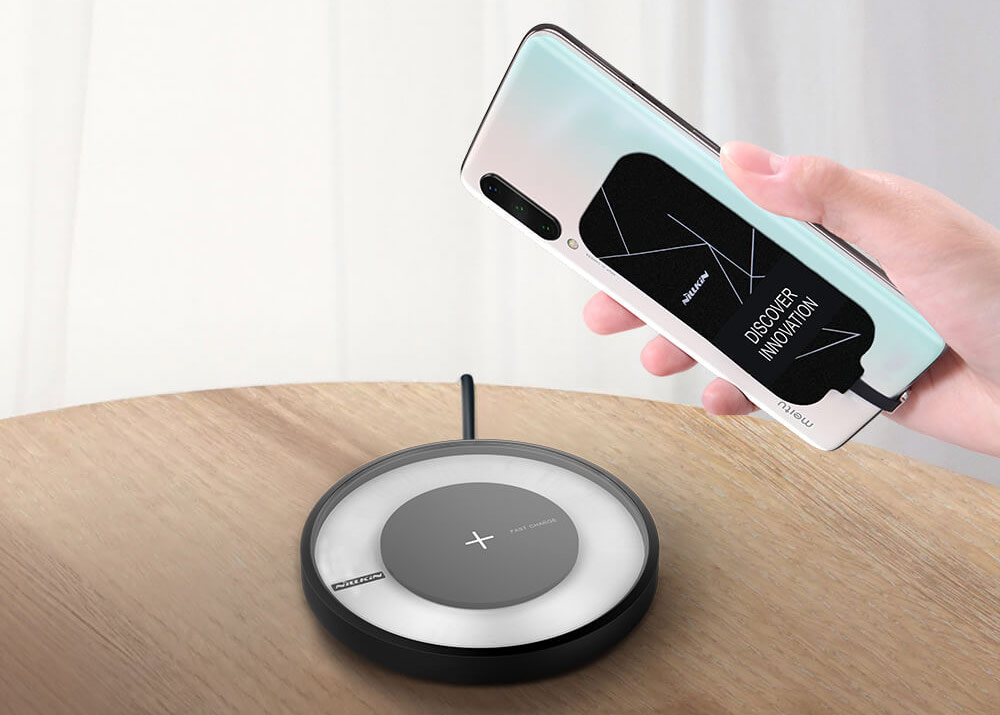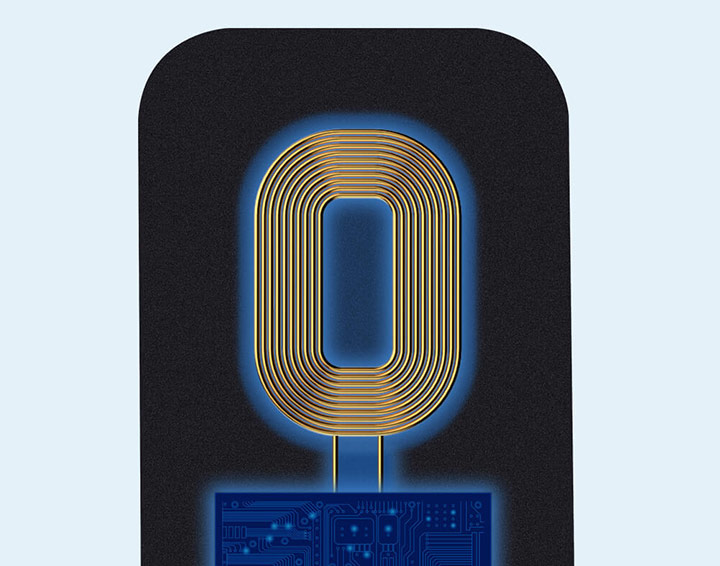Everything is easier without wires, including wireless charging, a technology reserved for expensive phones. But there is an inexpensive option to add wireless charging to any mobile phone, quickly and easily. Read on to find out the costs, benefits, and risks of this method.

It’s getting close to the time when I need to change my phone, which has served me well for almost four years. It’s still doing its job just fine, but I’ve already started putting on my list what I want from my next smartphone.
On the list is wireless charging, because “Why not?”. The price of wireless chargers has come down enough that it’s not an “investment”, and the Qi standard is practically used by all manufacturers, even if some models also offer faster versions that only work with chargers from the same manufacturer.
Unfortunately, wireless charging is still a feature only found on top phones, so if you want to charge your phone wirelessly either buy an older flagship or get ready to spend at least $1000. And you already know what I think about that…
CONTENTS
Meet the Wireless Charging Adapter/Receiver
Or you can try the option that I will try to present in this article: buy a wireless charging adapter that can be attached to any phone, smart or not. The price of these wireless adapters/receivers is very low, starting at just under $15 on Amazon, which means they are sometimes cheaper than a USB cable.
The wireless receiver/adapter is a simple coil that together with the one in the charger charges the phone battery through the physical phenomenon of magnetic induction.
The main advantage is that you can charge any phone very easily from any wireless charger, without the need for wires. You can use such an adapter even on a feature phone if it comes with a USB charging jack. Though you shouldn’t, really.

Basically, the adapter plugs into the phone’s charging port, and the wireless charger transmits power to the coil in the adapter. The phone doesn’t know whether the power is wired or wireless, so the whole process is transparent to the operating system.
You’ll need to choose an adapter with the correct plug. Fortunately, there are micro USB, USB-C, and Lightning plug models available for the iPhone. There are also versions for mobile phones and tablets, and even shorter cable models that don’t interfere with the fingerprint reader on the back of some phone models.
Disadvantages and Risks. It’s an Afterthought After All
All is well and good, but we must also think about the disadvantages of this method and the potential risks.
The first thing to mention here would be that most of the adapters we found to charge the phone at max 1000 mA @5V, which means 5 watts, which is very slow, especially in the case of a phone with a big battery, 4000 – 5000 mAh. We’re talking a few hours versus 1 – 1.5 hours normally for a recent phone equipped with fast charging by wire. The Qi wireless charging standard has already reached speeds north of 30 Watts, sometimes even much more than that with a special charger.
The second would be that this accessory also requires a case to hide it from view on the side and to keep it attached to the back of the phone. For me, this is not a significant disadvantage as I use the mobile phone with a protective case anyway. For some people, it could be an aesthetic problem.

Also, if you use a magnetic car mount for your phone the metal plate you mount on your phone will interfere with the wireless receiver, so you’ll have to give up one of them. You won’t be able to use them together.
Finally, it should be mentioned that the wireless receiver gets quite warm during charging. Dangerously much? I couldn’t answer that, but like any untested accessory by the manufacturer of the phone, it’s a risk you have to take. So if you don’t want to worry about your phone being left charging you may have no choice but to buy a mobile phone with built-in wireless charging.
Have you tried such an adapter? Are you happy with it? Have you found any other problems? Leave a comment below with your impressions.







